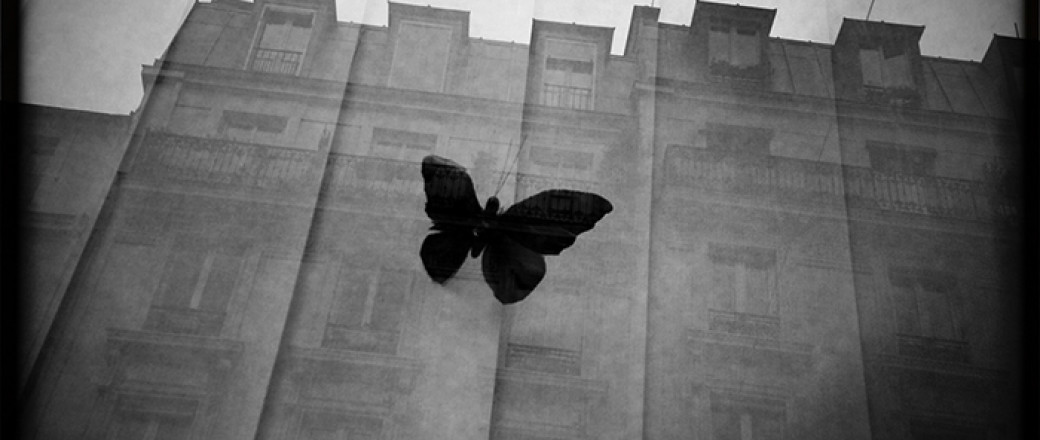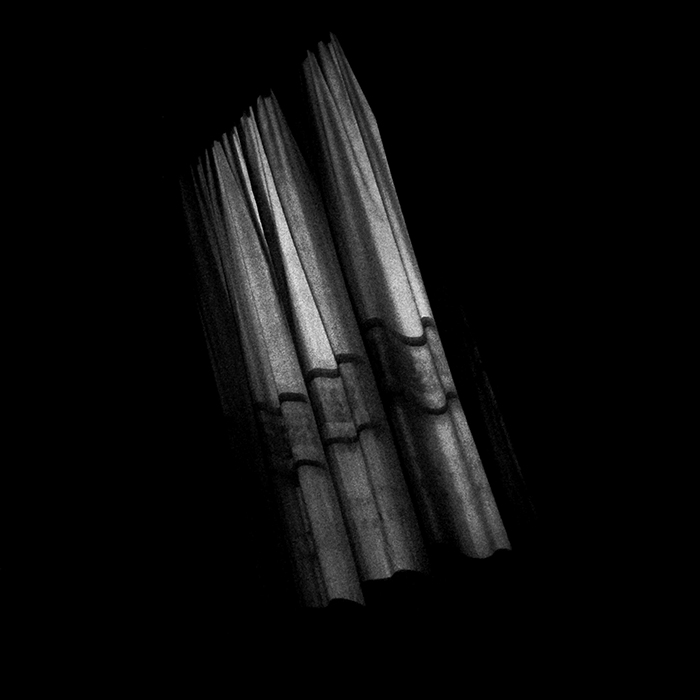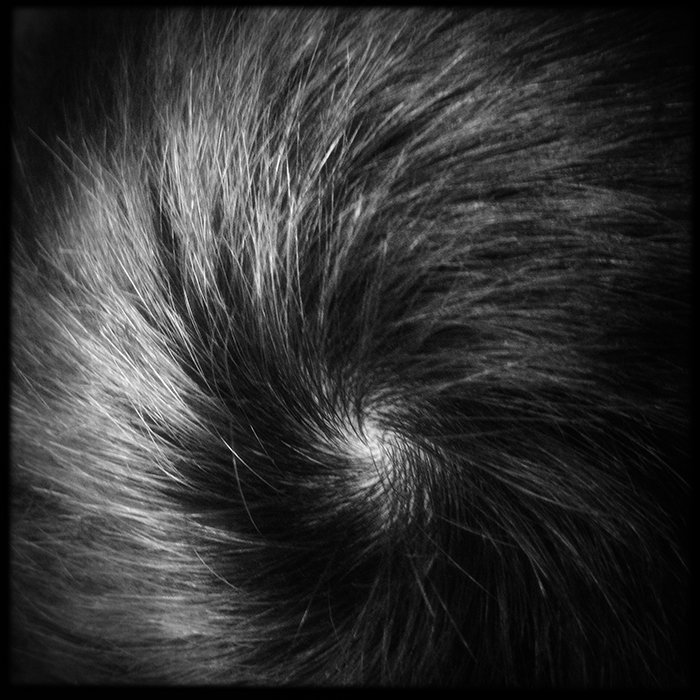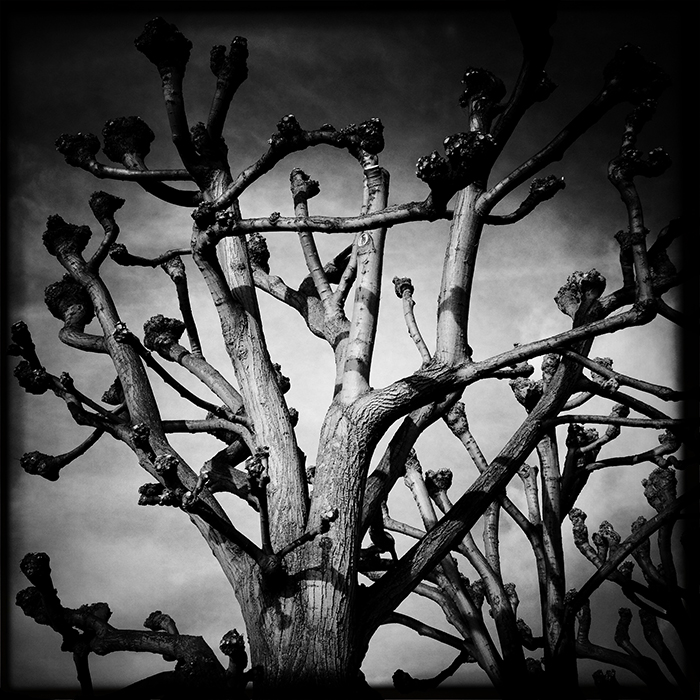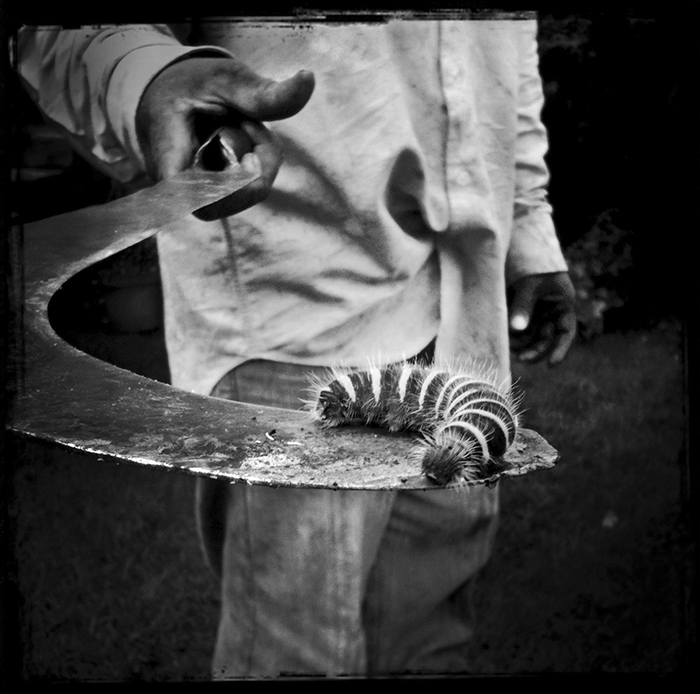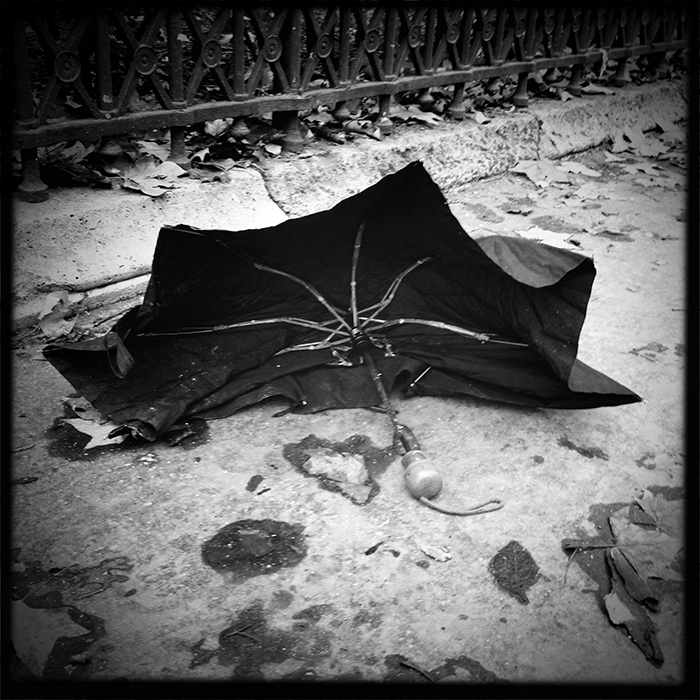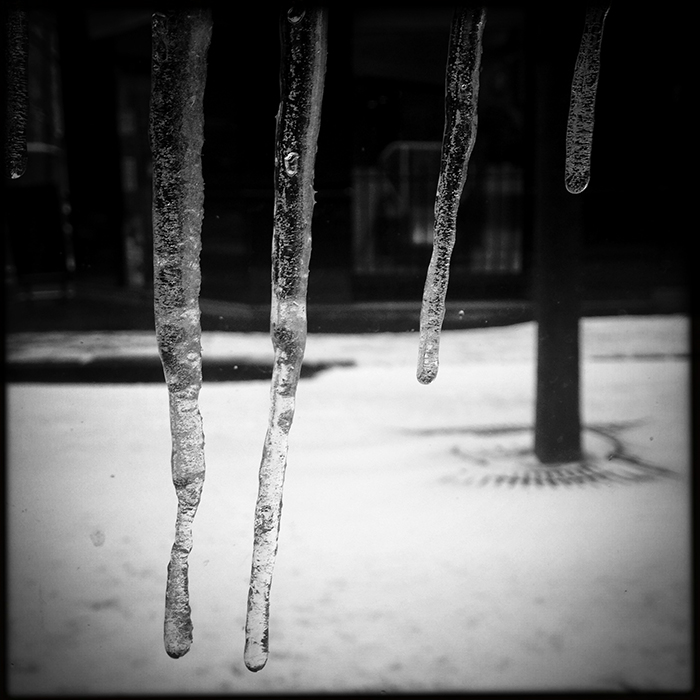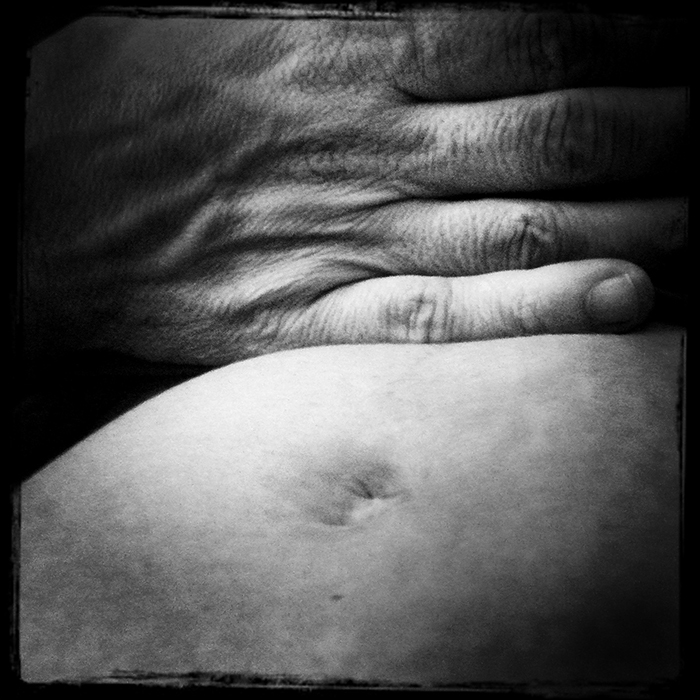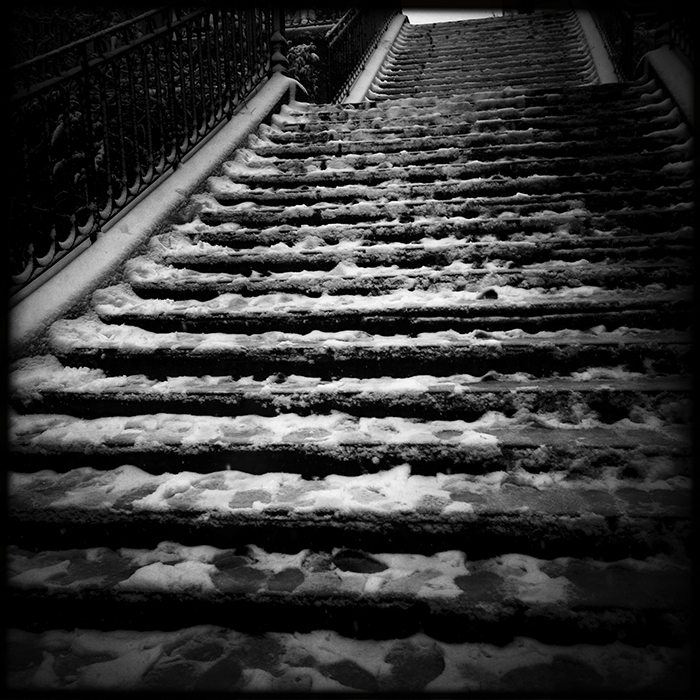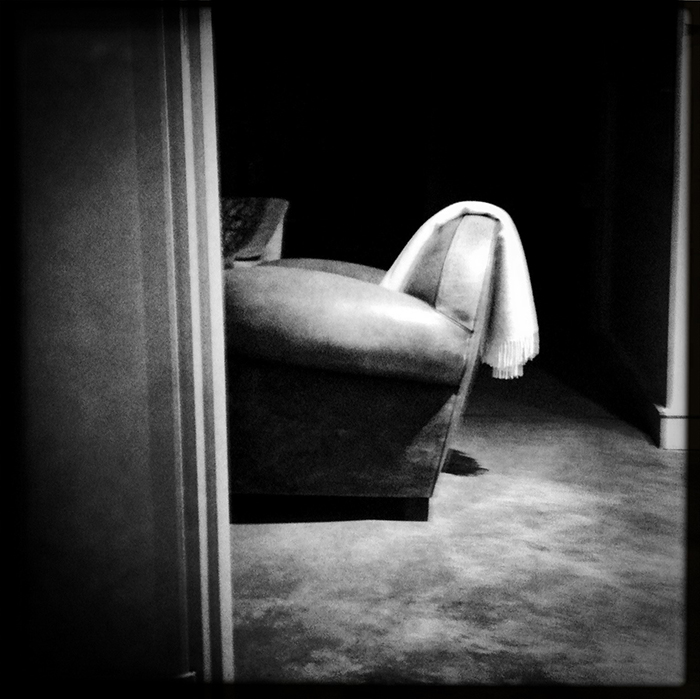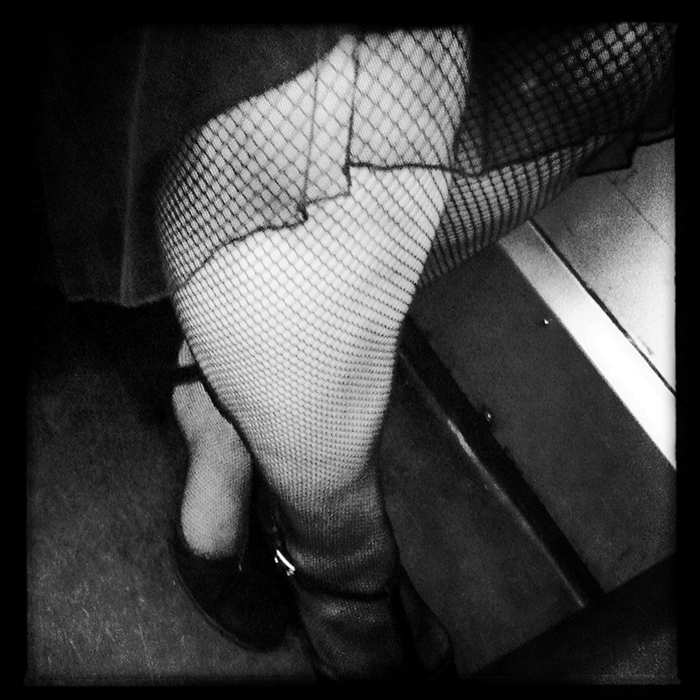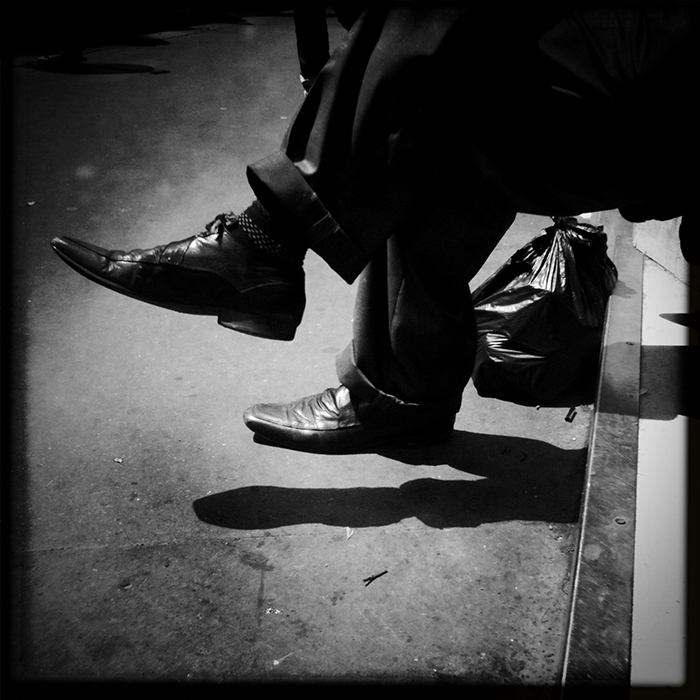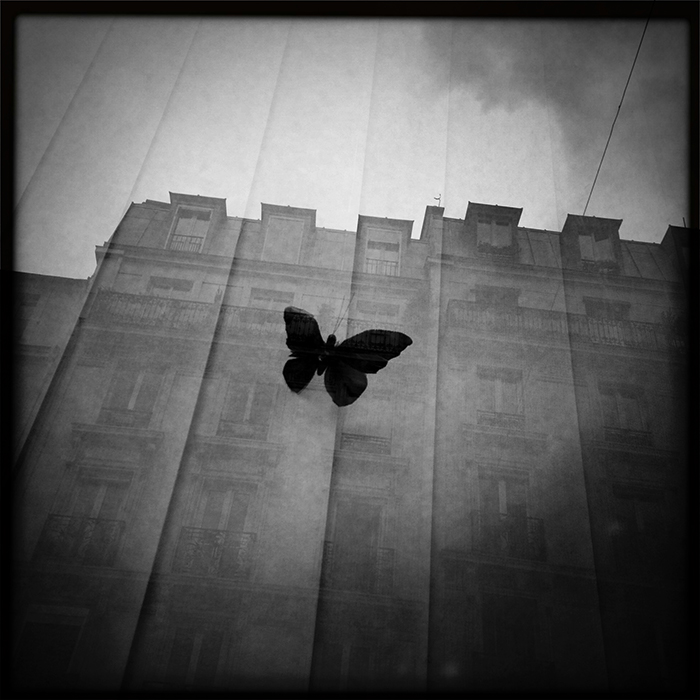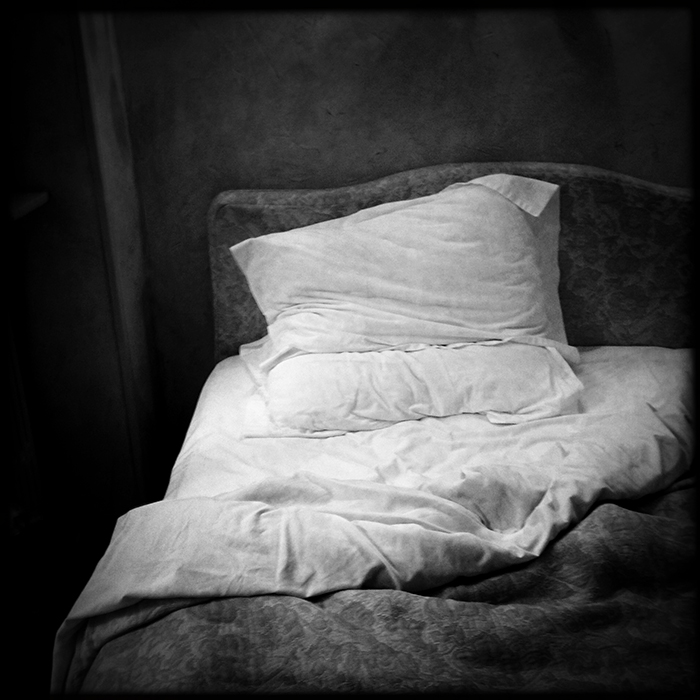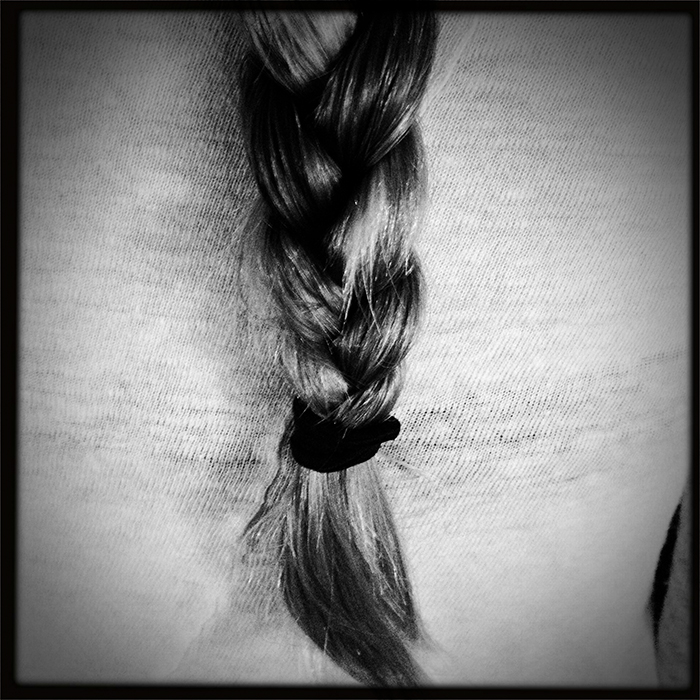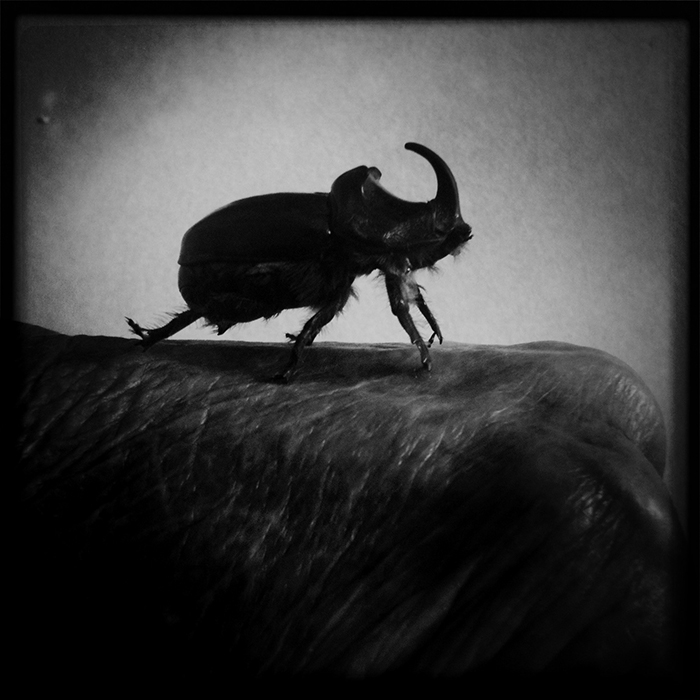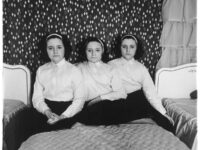Pia Elizondo was born in Mexico city in 1963. As from 1985, she has made photography her profession. Her work has been exhibited in Latin America, the United States and Europe.
In 1994, she is the recipient of the grant “Young creators” (Fondo Nacional para la Cultura y las Artes) to develop a project about Mexico City that will be largely exhibited.
Since 2001, she is member of the National Creators System In Mexico. She resides in France since 2003, and since then her work has been distributed by Agence VU in Paris.
After her preselection at Prix Fondation pour la photographie CCF (today HSBC), the Fonds National pour l’Art Contemporain acquires a part of both her series “Los pasos de la memoria” and “Asphalt jungle”.
1. How and when did you become interested in photography?
I have always been interested in seeing and I have always had a kind of scrutinizing gaze, since I was a little girl. I guess photography was sort of a natural outcome for me. It gave me permission to look. When I was about twenty, I bought my first camera, a Minolta 100xr that has since been stolen, and took my first photography course in Paris. I never stopped since, even though I had plenty of other interests. I was a dancer and studied philosophy when I finally decided to make photography my life. That was about 1985. The first photographs I did with a certain degree of seriousness were of the terrible earthquake that shook my city (Mexico city) in 1985.
2. Is there any artist/photographer who inspired your art?
I think there are many photographers that have seriously influenced my work. Robert Frank is one my greatest masters, along with Walker Evans. But I think I was also influenced by photographers like Weegee and Lisette Model. Classic american photography, street photography of the 40’s and 50’s. I have also a profound admiration for Sally Mann, but the list of people that I admire or that have sparked my imagination and my thinking process is long. It would take me pages to list them all.
3. Why do you work in black and white rather than colour?
I think it has to do with my influences, but I also think black and white is the perfect medium to avoid any kind of literal meanings. Colour adds to reality, and leaves less to the imagination. I think black and white still has the ability to confer a certain mystery, gaps for the imagination to enter the image and do its part.
4. How much preparation do you put into taking a photograph/series of photographs?
I don’t « think » photographies. They come to me, or I bump into them. I never am particularly looking for something specific. I wander the streets and let my eye be caught by something. So I can’t really talk in terms of how much time it takes me to make a photograph. I guess it could be from 1/60th of a second or less to years.
As for the projects, it really depends on the project itself. Some works need a longer time, more preparation, perhaps trips. Others are more easily or speedily seen through.
I have worked on projects for 3 to 5 years, on others perhaps just a year, others still I have managed in just a few days. It also relies a little on the medium you are using. Digital processes take shorter periods of time because everything is more immediate. But I usually work on negative. And this in itself is a longer process. The editing part is also usually a pretty long process. We have to live with the images for quite a while, or at least I do, to be able to come up with something that not only makes sense to you, as the author of the images, but that also resonates with the essential things that might be susceptible to touch the general public. In this sense, photography is a pretty lonely job, but when you get to the editing part, whether you like it or not, you need an external eye, that will shed a light. Photography is a long process, and it usually takes quite a bit of time to get to the final product.
As for the technique and creating process, I think it depends also on the kind of project I choose to do. I have worked with all sorts of cameras, from simple old reflex ones, to the I-phone, antique cameras and pinhole, lomography and holgas. In this sense, I think photography, in our age, offers all sorts of possibilities, from the oldest to the newest. And photographers are using them all. After the digital fever, we are seeing a real comeback of silver and historical techniques and sometimes even projects that mix them all.
As for my creating process, I usually work in a pretty instinctive way. I take the photographs that my eye was called to. I don’t have an initial concept. The real meaning of my work comes with the editing which is the part that allows us to take things from reality and spin them around to create our own world, the one we choose to show.
I often say to my pupils that every photograph is a kind of selfportrait. This is true for my work. I think we photographers project into the emulsion our very own anxieties, desires, and will. Art photography will always in many ways show the light and the darkness of its author.
Photographers have to give some kind of form to their work. I usually make books with my work, sometimes by hand and in limited editions. This is something I really enjoy. I work with my hands, and give my projects the exact form I have imagined for them. I choose the papers and the kind of printing technique that best suits the images.
Photography has become immediate, and passing. We are so very overwhelmed by the quantity and variety of the images we see, we can barely remember a fraction of them. I think it is important for me to bring my images together in an object pleasant to both look at and touch. But I also think that every project call for its own outcome.
5. Where is your photography going? What projects would you like to accomplish?
This is a question that is often asked of artists. I really wouldn’t know where my photography is going. And thankfully so. Otherwise it would be pretty boring. What drives me in my work is precisely not knowing exactly either where I am going or where I want to go. I sort of go with my own flow, and reason has little to do with it. And the results are often a surprise even to myself, which is the real exciting thing.
At the moment I am working on a new project. I will not talk about it yet because it is only at the beginning and I myself am unsure about its meanings but I am enjoying it immensely, and look forward to every image. I am happy with what is turning up, eventhough I have only a few images. So for now, I am not thinking about anything else.
As for future projects, they are in the future, and I still can’t see them. I don’t really want to project myself that much into the future. I prefer to give my energies to the project that occupies my present time. And I have also found that in some kind of special way, my projects accompany my life, and somehow talk about it, so in a way, it is also the present that determines the images I make.
Website: www.piaelizondo.com

